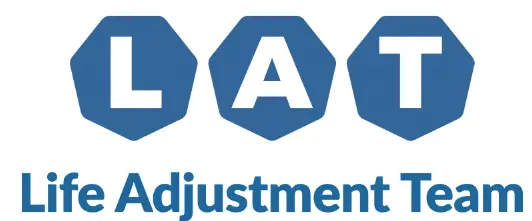As the seasons change, so do the moods of millions of people worldwide. For many, the arrival of colder months can bring about a noticeable shift in mental well-being, a phenomenon commonly referred to as Seasonal Affective Disorder (SAD). This intriguing condition has puzzled researchers and clinicians alike, sparking a quest to unravel the complex mechanisms contributing to this seasonal form of depression. In this comprehensive exploration, we delve into the science behind Seasonal Affective Disorder, shedding light on its underlying causes and potential avenues for treatment.
Seasonal Affective Disorder, aptly abbreviated as SAD, is a subtype of major depressive disorder that follows a seasonal pattern. It typically occurs and recurs during specific times of the year, most commonly during the fall and winter months, when daylight hours are shorter and exposure to natural sunlight is reduced. This intriguing condition manifests as a cluster of symptoms that mirror those of major depression, including feelings of sadness, fatigue, changes in appetite, and a decreased interest in activities once enjoyed.
The Role of Biological Clocks on Mental Health
At the heart of SAD lies the circadian rhythm, often referred to as the body’s internal clock. This biological mechanism governs various physiological processes, including sleep-wake cycles, hormone regulation, and body temperature. Reduced exposure to natural light during the fall and winter months can disrupt the circadian rhythm, leading to imbalances in the production of serotonin and melatonin—neurotransmitters that play a pivotal role in mood regulation and sleep patterns.
Sunlight and Serotonin: A Delicate Dance
Serotonin, often dubbed the “feel-good” neurotransmitter, plays a crucial role in maintaining stable mood levels. Sunlight stimulates the production of serotonin in the brain, contributing to feelings of well-being and happiness. During the darker months, diminished sunlight exposure can lead to lower serotonin levels, potentially triggering symptoms of depression.
Melatonin and Sleep
Melatonin, another key player in the body’s complex orchestra, regulates sleep patterns. The presence or absence of light influences its production. When exposed to natural light, melatonin production decreases, signaling to the body that it’s time to be awake and alert. Conversely, melatonin production increases in dim light or darkness, promoting sleepiness. Reduced sunlight exposure during the fall and winter can disrupt this delicate equilibrium, leading to disrupted sleep patterns often observed in individuals with SAD.
Vitamin D and Health
Sunlight serves as a primary source of vitamin D, a nutrient essential for various bodily functions, including bone health, immune system function, and mood regulation. Vitamin D deficiency has been linked to depressive symptoms and may contribute to the development of SAD. During the colder months, when people spend less time outdoors, vitamin D levels can decline dramatically, potentially exacerbating mood-related issues.
Genetic Predisposition
While the role of genetics in SAD is not fully understood, there’s evidence to suggest a genetic predisposition to the condition. Individuals with a family history of depression or mood disorders may be more susceptible to developing SAD when exposed to seasonal changes. Genetic factors may interact with environmental cues, such as reduced sunlight, to trigger the onset of symptoms.
Treatment and Management
The multifaceted nature of Seasonal Affective Disorder calls for a comprehensive approach to treatment and management. Light therapy, also known as phototherapy, is a commonly employed intervention. This involves exposure to artificial light that mimics natural sunlight, effectively regulating circadian rhythms and boosting serotonin production. Psychotherapy, particularly cognitive-behavioral therapy (CBT), is another valuable tool that helps individuals develop coping strategies to navigate SAD’s challenges.
Embracing Lifestyle Changes
In addition to therapeutic interventions, lifestyle adjustments can play a pivotal role in managing SAD. Increasing outdoor activities during daylight hours, incorporating regular exercise, and maintaining a balanced diet can positively impact mood regulation. For individuals with severe symptoms, antidepressant medication may be recommended with other treatments.
Final Thoughts: Keys to Navigating the Seasonal Blues
As we dig deeper into the science behind Seasonal Affective Disorder, we uncover a complex interplay of biological, psychological, and environmental factors. The circadian rhythm’s dance, the intricate chemistry of neurotransmitters, and the influence of genetic predisposition all converge to shape individual experiences of seasonal depression. While the colder months may cast a shadow on our mood, understanding the science behind SAD empowers us to take proactive steps toward managing its impact. By embracing therapeutic approaches, lifestyle changes, and a deeper awareness of our body’s rhythms, we can navigate the seasonal blues and work towards a happier, more balanced life. If you or a loved one have experienced the effects of Seasonal Affective Disorder, contact our trusted staff at The Life Adjustment Team for assistance and guidance to better manage your symptoms.








